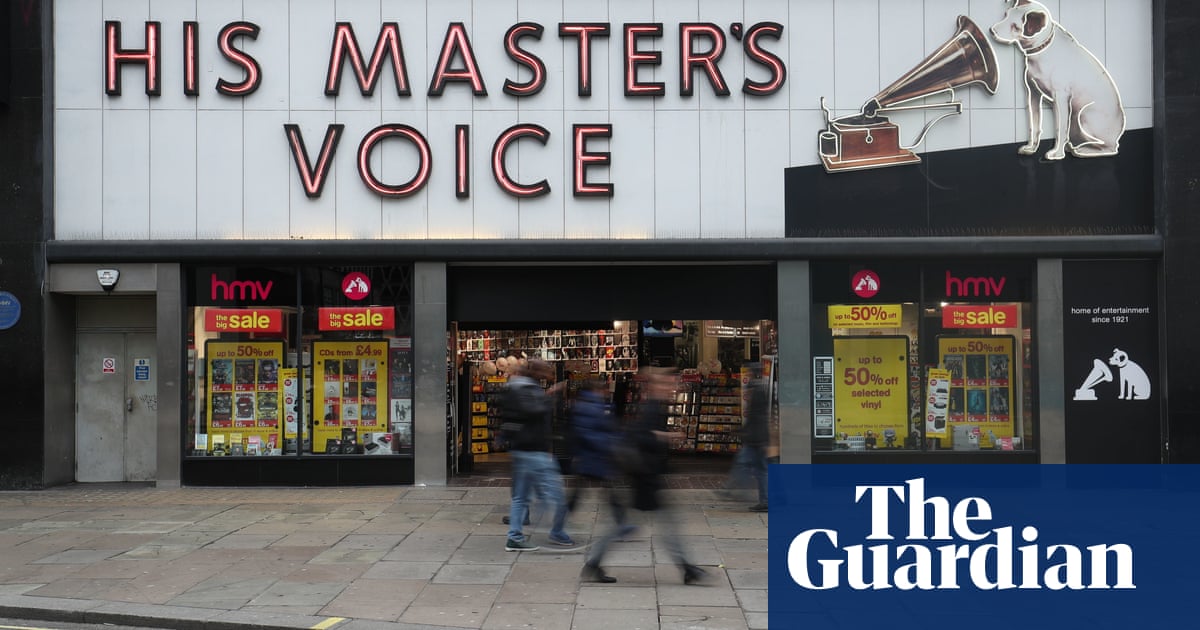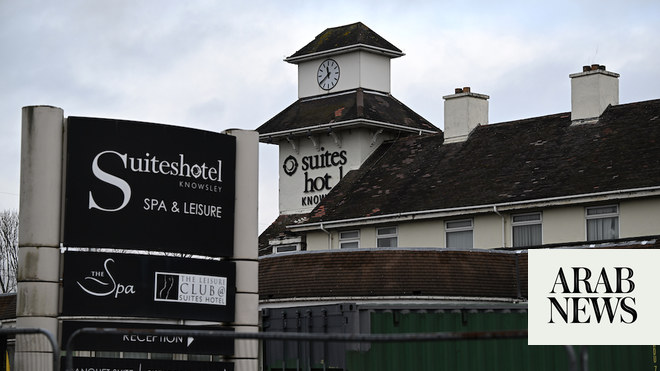
The sound was both primeval yet utterly fresh and new: a time-travelling throwback to the middle ages; yet, at the same time, a portent of a brighter future for our rural landscape.
Like a rapid burst of machine-gun fire, the bill-clapping of a white stork is – in nature’s terms – simply a signal that the bird is displaying to its mate. But for me, it also has a deep cultural resonance: as if the stork is celebrating its belated return to the British scene, after a gap of more than 600 years.
First one, then two, then a dozen of these striking black-and-white birds rose into the warm morning air on their broad wings. But this wasn’t in France, Spain or Poland, where I have watched them in the past, but in West Sussex: at the Knepp Wildland Project.
Some were youngsters: the first white storks to hatch in the wild in Britain since the early 15th century. Their parents had been brought here as part of an ambitious reintroduction project: just one element of the innovative wilding scheme achieved by Knepp’s owners, Charlie Burrell and Isabella Tree.
For me, above all, the storks’ presence signifies hope: that, after decades of marginalising wildlife in our farmed landscape, nature truly can be brought back, to delight us, and future generations.












